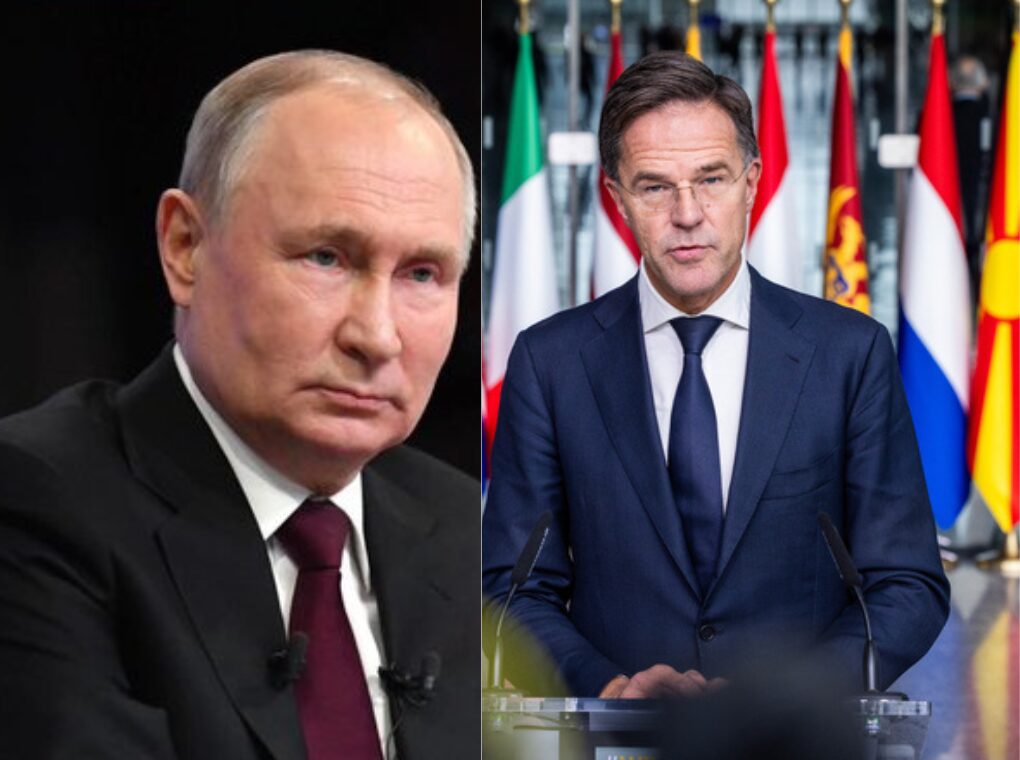Europe is once again witnessing signs of heightened military readiness, as both Russia and NATO members quietly prepare for contingencies. On Monday, Russian President Vladimir Putin announced the country’s largest autumn conscription drive in nearly a decade, while Denmark, citing a wave of mysterious drone incursions, secretly mobilized reservists in an extraordinary move that underscores growing regional insecurity.
Russia’s Biggest Call-Up Since 2016
In a decree issued on 30 September, Putin ordered the conscription of 135,000 Russian men aged 18 to 30 for routine military service between 1 October and 31 December 2025. Together with the 160,000 called up earlier this spring, this brings the year’s total to nearly 300,000—making 2025 the largest annual call-up since 2016.
Though officially “routine,” the scale of the move is drawing attention. Conscripts are meant to serve one year inside Russia rather than in Ukraine, but reports have suggested that some conscripted soldiers have found themselves at or near the front lines.
Since launching his full-scale invasion of Ukraine in February 2022, Putin has put Russia on an effective war footing. Defense spending has surged to levels not seen since the Soviet Union, and the size of the military has been steadily expanded. In September 2024, Putin ordered the armed forces to grow to 1.5 million active soldiers, making Russia’s standing army one of the world’s largest.
Observers note that annual conscription numbers have risen by roughly five percent each year since the invasion, highlighting Moscow’s long-term strategy to maintain a steady pipeline of trained manpower. While the Kremlin insists these call-ups are separate from wartime mobilization, analysts warn that today’s conscripts may become tomorrow’s frontline troops.
Denmark’s Extraordinary Step: Reserve Forces Mobilized
Meanwhile, Denmark is facing a very different but equally unsettling security challenge: mysterious drone activity over its national airspace. On 28 September, Danish military authorities quietly issued a confidential mobilization order for hundreds of reservists, according to a report by broadcaster TV 2.
The classified directive explicitly referenced the drone situation and instructed personnel to report for duty “as quickly as possible.” While the precise scale of the call-up is unknown, experts describe it as a rare and extraordinary measure.
“It testifies that we are in a completely extraordinary situation. I don’t recall having heard of this before,” said Jacob Kaarsbo, a security policy advisor and former chief analyst at Denmark’s Defence Intelligence Service.
Danish officials have neither confirmed nor denied the mobilization. However, the move coincides with an upcoming EU summit in Copenhagen, raising speculation that the government is bracing for potential security disruptions.
Mysterious Drone Activity and Rising Nordic Tensions
Over the past several weeks, Denmark has reported multiple sightings of unidentified drones—some near critical infrastructure and others over sensitive airspace. The situation has prompted a temporary ban on all civilian drone flights until 3 October. Violations can result in fines or up to two years’ imprisonment.
Denmark’s mobilization is being supported by allies. On 29 September, Sweden deployed units and anti-drone systems to its Scandinavian neighbor, signaling cross-border solidarity.
At the same time, Ukrainian military specialists have arrived in Denmark to participate in the “Wings of Defense” joint exercises, which focus on countering strike drones. The Ukrainian General Staff called the drills “an important step” in strengthening interoperability between the two nations’ armed forces and stressed that they make both states “stronger in their common pursuit of peace and security in Europe.”
NATO-Russia Shadowboxing
Denmark’s decision to quietly activate reserves while Sweden deploys anti-drone systems comes just as Moscow expands its military manpower through conscription. Though not directly linked, the timing underscores the fragile security environment in Northern and Eastern Europe.
Russian vessels continue to operate in waters around Scandinavia, further fueling anxiety. Analysts suggest that the mysterious drone incidents may be part of a broader pattern of hybrid warfare aimed at testing NATO’s response.
For now, both sides remain in a state of heightened alert. Russia insists its conscription is routine, while Denmark portrays its mobilization as a precautionary step. Yet the simultaneous moves by Moscow and NATO allies demonstrate how quickly military readiness is hardening across Europe.
As Kaarsbo warned, “Regardless of what happens, we are on a high scale with everything that’s happening. All sails are being set.”
